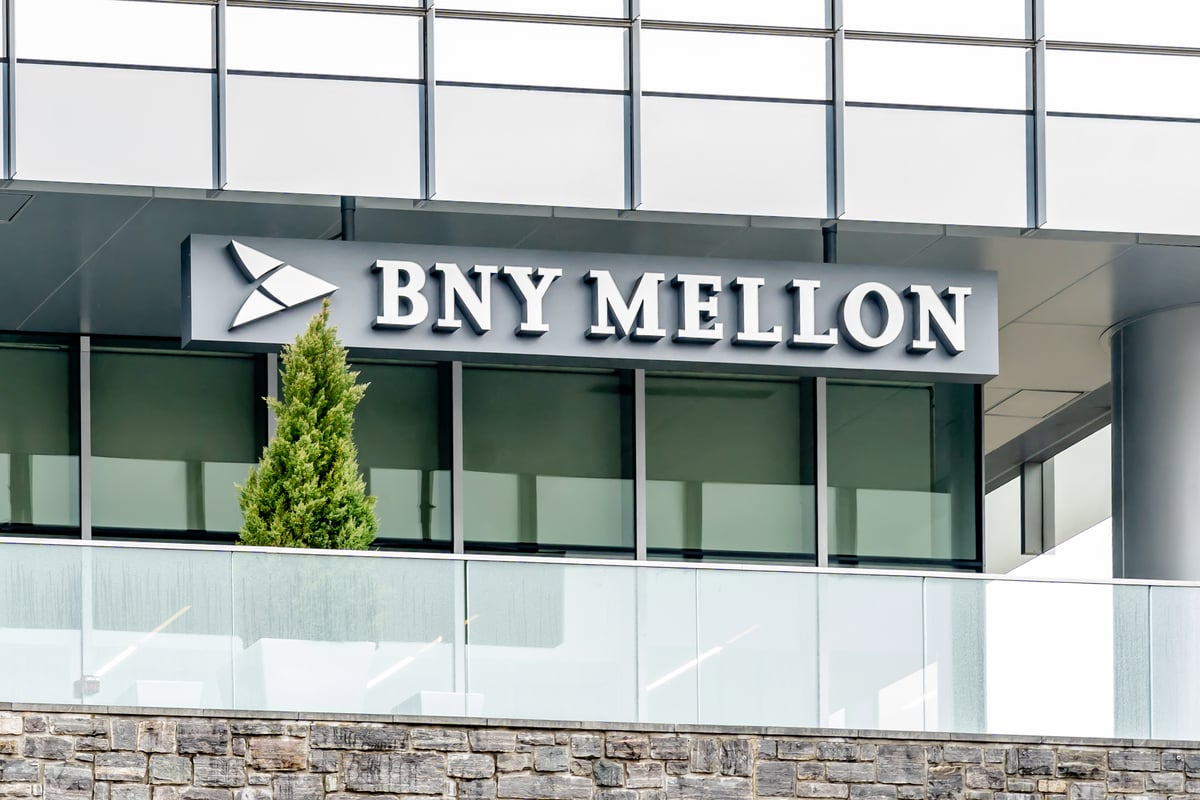TLDR
- BNY Mellon pushes $2.5T in payments toward blockchain with tokenized deposits\
- Tokenized deposits bring 24/7 real-time payments to BNY Mellon’s platform
- BNY Mellon eyes blockchain rails for daily transactions and fund settlements
- BNY Mellon joins global trend modernizing cross-border payments with tokens
- Blockchain meets banking: BNY Mellon pilots tokenized deposits for speed
BNY Mellon has begun exploring tokenized deposits to migrate a portion of its $2.5 trillion daily payment flow onto blockchain. The move marks a broader push to modernize cross-border settlement systems and enable real-time, 24/7 transactions. This strategy aligns with similar digital initiatives from leading global financial institutions.
BNY Mellon Advances Blockchain Integration with Tokenized Deposits
BNY Mellon has taken steps to modernize its payment infrastructure by exploring tokenized deposits. The bank aims to move a portion of its vast daily payment volume to blockchain rails. This initiative intends to improve speed, transparency, and efficiency across real-time and international payment systems.
By using tokenized deposits, the bank can bypass legacy systems and operate continuously without daily cutoffs. These tokenized deposits are backed 1:1 by commercial bank money and represent direct claims on balances. Unlike stablecoins, they remain within regulated banking ecosystems and carry fewer third-party risks.
The bank processes about $2.5 trillion in daily payments and holds over $55 trillion in assets under custody. Integrating blockchain will allow BNY Mellon to maintain uninterrupted transaction flows and strengthen client services. The plan complements the bank’s broader digital asset strategy that includes custody and tokenization services.
Strategic Collaborations Expand Tokenization Scope
BNY Mellon has joined Goldman Sachs in offering tokenized money market funds to institutional clients. The initiative utilizes private blockchain infrastructure to track ownership and facilitate the mobility of collateral. This collaboration enables real-time settlement within traditional finance without compromising regulatory frameworks.
The tokenized funds allow institutions to transact with enhanced transparency and reduced counterparty risk. They also enable around-the-clock access to fund positions, which legacy systems cannot support. Participating institutions like BlackRock, Fidelity and Federated Hermes signal strong backing for onchain finance.
BNY Mellon adds tokenized deposits as a second digital solution. While funds offer asset tokenization, deposits provide onchain liquidity, ensuring faster payments across interconnected ecosystems. This dual approach helps the bank support evolving client demands.
Global Banking Sector Embraces Tokenized Deposits
BNY Mellon’s move reflects a global trend as other major banks test tokenized deposits for cross-border payments. JPMorgan launched its USD-based deposit token pilot, JPMD, on Base in June. HSBC followed with a tokenized service for corporate clients, focusing on cross-currency settlements.
SBI Shinsei Bank partnered with Singapore’s Partior and Japan’s DeCurret DCP to enable multicurrency settlement. These firms are developing a real-time clearing system that utilizes tokenized deposits across multiple jurisdictions. The system is expected to enhance global payment standards and interoperability.
BNY Mellon also contributes to SWIFT’s shared ledger prototype for real-time payments. This initiative involves over 30 institutions collaborating to streamline cross-border transactions through tokenized deposits. As standards evolve, these solutions may replace current correspondent networks, creating a unified digital settlement framework.






